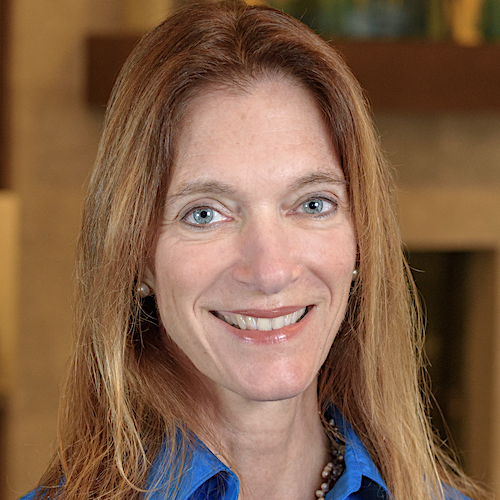
With the ready availability of the COVID-19 vaccine to anyone age 12 and older, the Centers for Disease Control and Prevention’s recent announcement that people can resume activities without a mask or distancing was a massive tectonic shift in the landscape of COVID. This latest declaration is exciting after an exceptionally difficult year. Even though millions of Americans are now vaccinated, however, particularly for those of us who serve elders in communal living, we will not be automatically reverting to how things were before the pandemic.
Because the whole point of a crisis is to learn new things, right?
Reflecting on lessons learned, best practices now adopted, and yes, even improvements in how we support older adults, it is clear this past year-plus has highlighted in even greater relief the importance of our core responsibilities to support and execute person-centered care and promote the long-term health and well-being of our residents. When COVID-19 hit, those foundational blocks became more critical, but at the same time, many of the tried-and-true methods of supporting elders were no longer available. Instead, our entire industry had to figure out how to continue to provide services and connect with people in brand new ways.
Consider the following. Most of us spent the first few months of 2020 adapting our services, programs and amenities exclusively to the new and largely unfamiliar online world. Fitness classes moved to Zoom. Social events, book clubs and musical performances became remote. Entire food and beverage departments were upended as communal dining ceased.
Through all the difficulty of figuring out how to do this, and real grief and sadness about the lack of face-to-face gathering and connection, surprising bright spots emerged with the shift to virtual programming. Online fitness classes made it possible for residents with mobility challenges or temporary medical conditions to remain connected with their friends, neighbors and family members. In fact, many of Rose Villa’s residents who had previously never attended a group fitness class began working out in their homes, finding security in the privacy of their personal space!
In addition, resident groups were empowered to take technology into their own hands, and, at Rose Villa, residents created the Rose Villa Today Show — an online hosted talk show that had existed sporadically pre-pandemic but took off like crazy during the past year. The volume and thoughtfulness of resident and staff email interaction went through the roof. Explicit gratitude — made manifest through hope chains, banners, virtual shout outs and lots and lots of cookies — cemented the deep relationship of trust, faith and love between residents and staff members.
The Rose Villa community came together as powerfully as I have ever seen it. Residents sewed enough masks for every staff person to have one. Laundry workers washed hundreds (and hundreds, and hundreds) of masks every day to keep the supply clean and sanitized. No complaints from unending disinfecting and cleaning. Food & Beverage got creative in delivering food, drinks and meals outside so that there was some connection, even though distanced. (Rover the Roving Bar Cart, our LeadingAge Oregon award-winning resident program, is one innovation that isn’t going to go away anytime soon.)
In short, the Rose Villa community stepped up. As annoying as it may sound, you don’t build muscle or discover strength when everything is going your way, when it’s easy or routine. Adversity shapes our character and our future and defines what community can look like.
The pandemic was simply a catalyst that challenged us to continue to innovate, to build on our strengths and our interdependence. Think of everything we are doing now — and doing well — that we did not do at all 18 months ago. It’s a lot! Do we really need to have a global pandemic to rethink how we connect, how we do business, how we thrive as a community of choice for elders and staff?
It is our responsibility to take what we’ve learned about how to change and keep leaning in. It’s the only constant on the road ahead. Calling forth that deep spring of creativity and vitality will ensure a rich — and sometimes unexpected — continuing partnership with everyone involved in senior living, resident and staff member alike.


